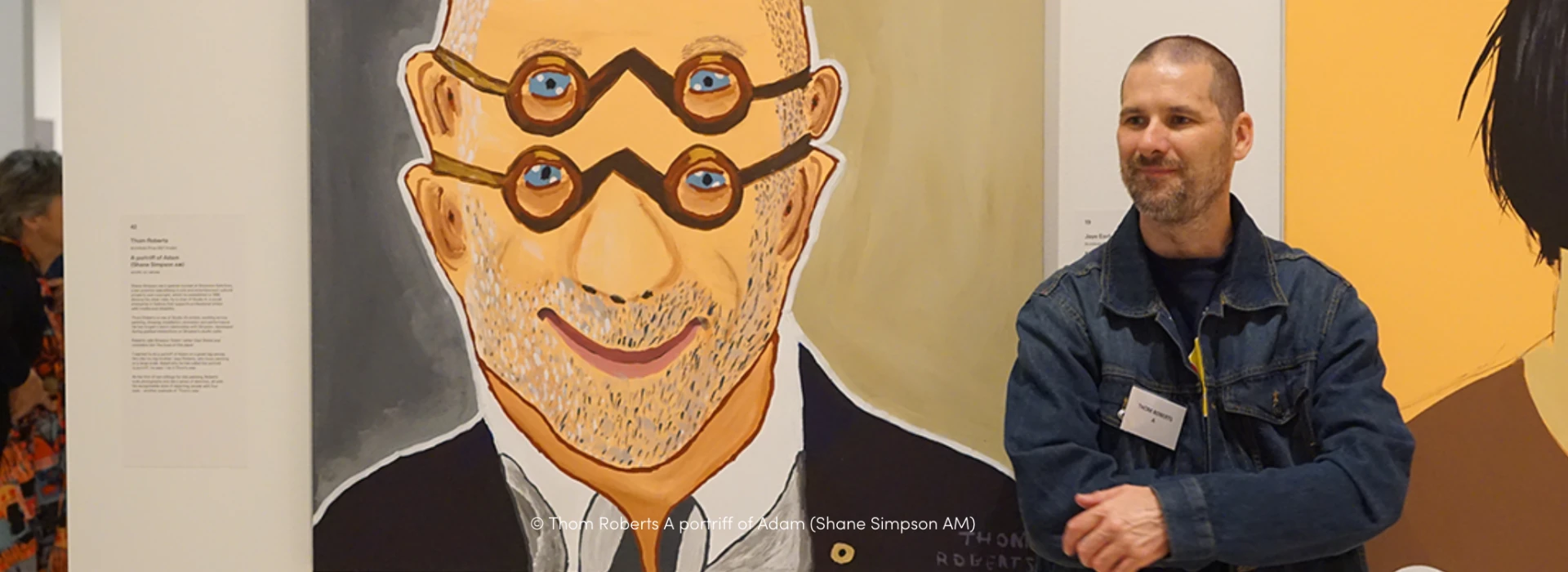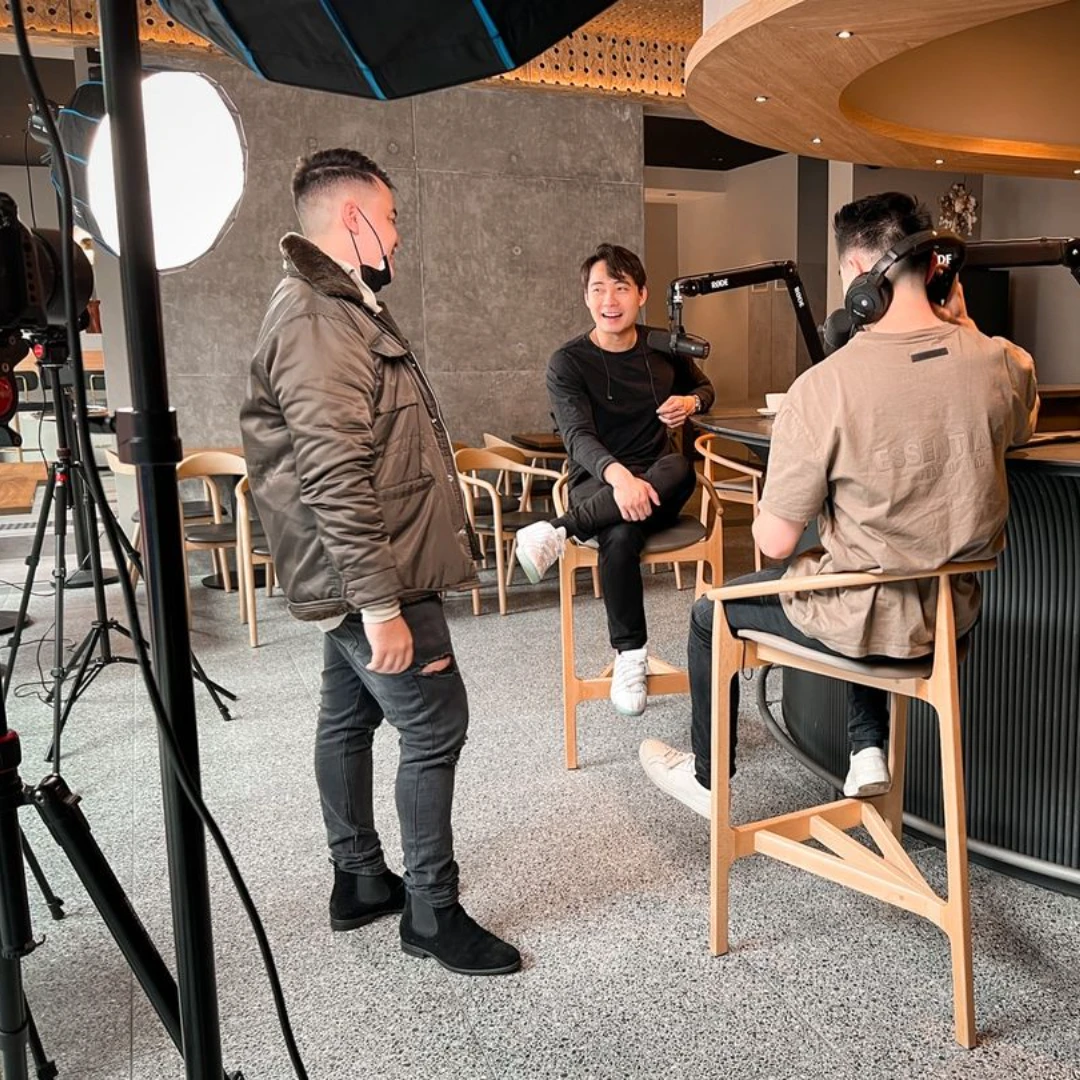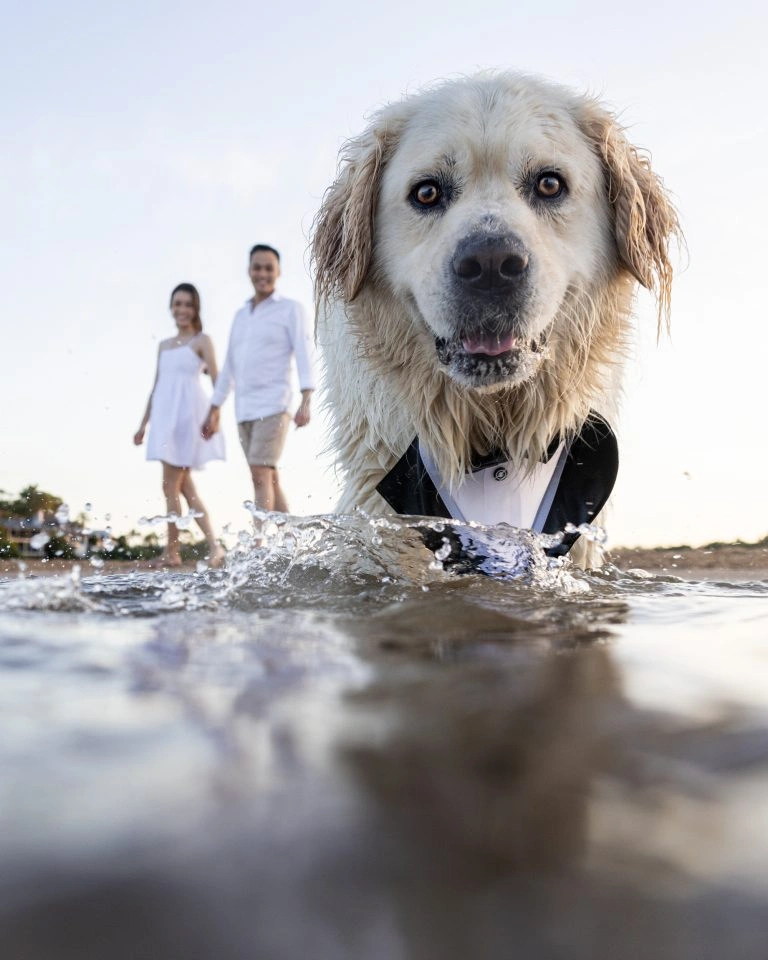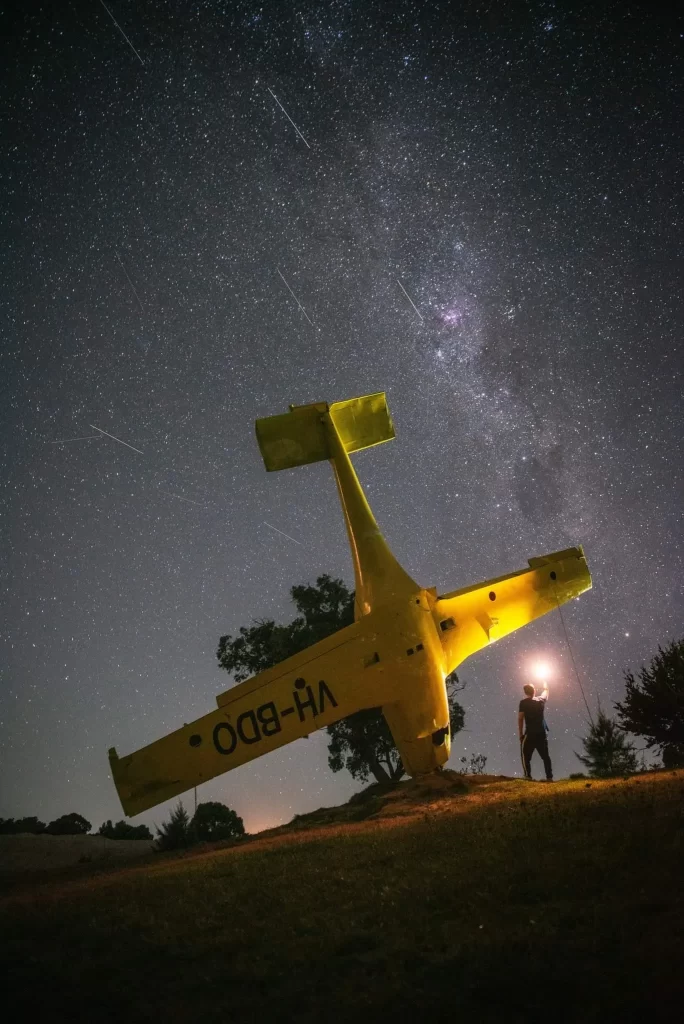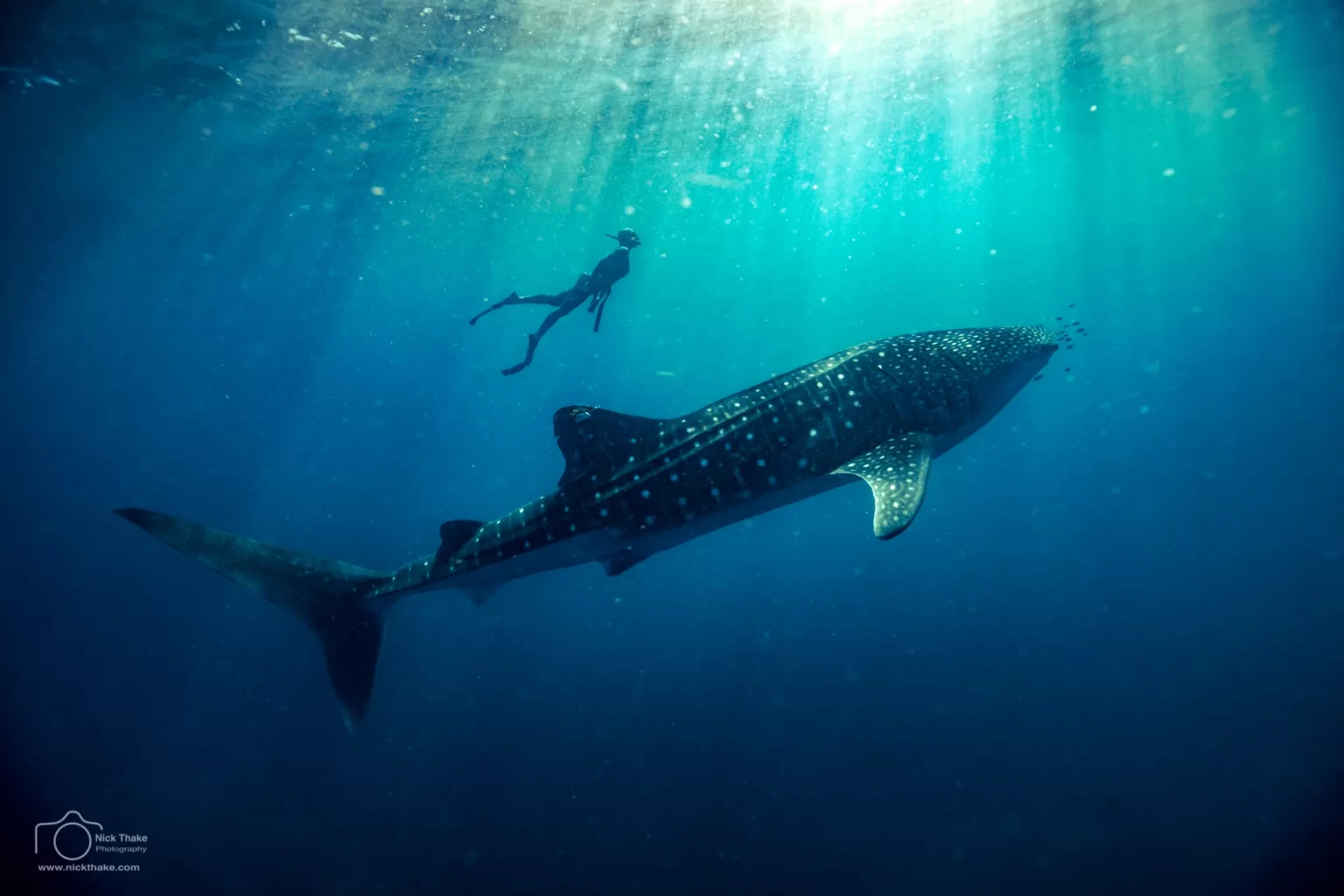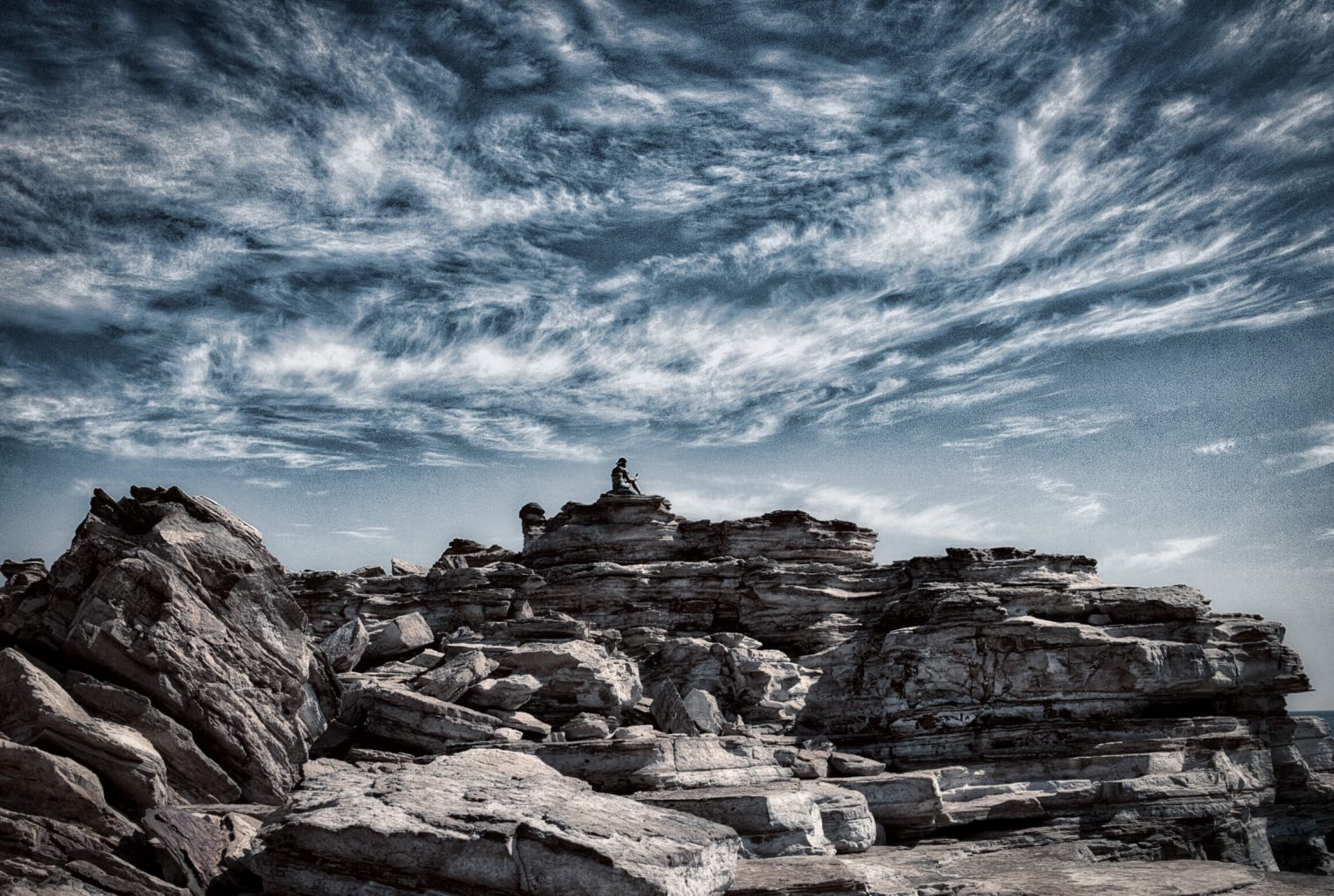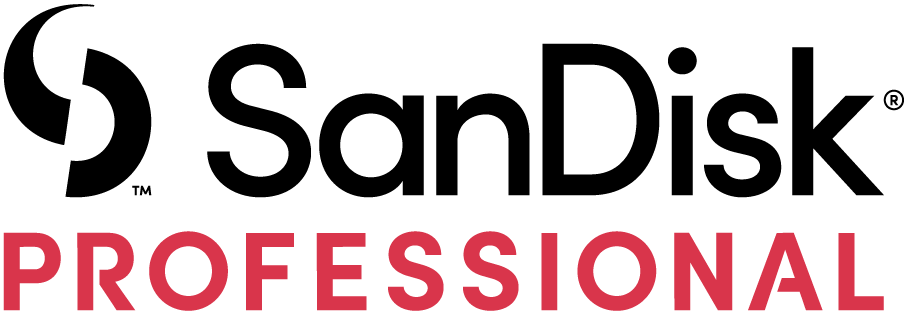Whilst commercial photography can encompass a wide number industries, at its core, it comes down to shooting images for a client’s marketing or advertising purposes. Tammy Christina sat down with commercial photographer, Brandon Matthew, to discuss everything from working with creative briefs and models, to image licensing and post-shoot considerations.
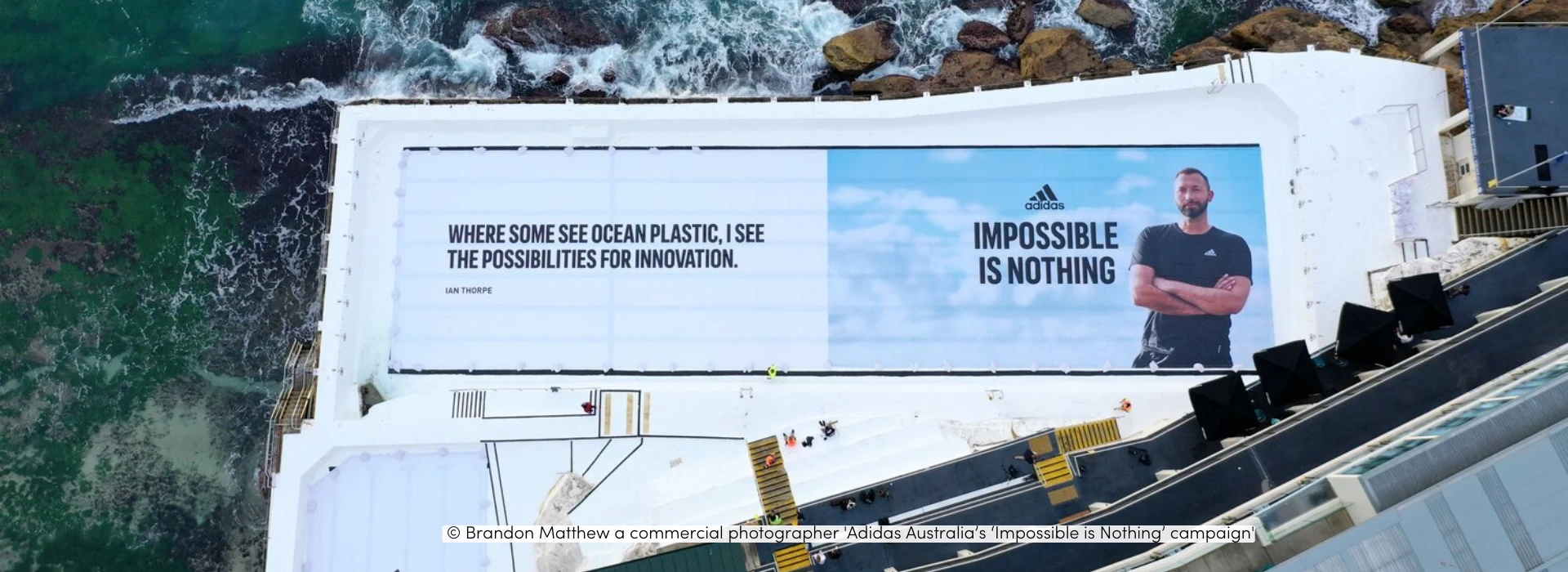
Ian Thorpe photographed by Brandon Ng for Adidas Australia’s ‘Impossible is Nothing’ campaign Installed at Sydney’s iconic Bondi Icebergs.
When stepping into the world of commercial photography, you will find there is almost no limit to the type of businesses you can work with. During this time it may be beneficial to take on as many different clients as possible, building a strong portfolio whilst narrowing down a photography niche that you wish to specialise in.
For Brandon Matthew, it was finding a passion in fashion and lifestyle photography that propelled his career, having now worked on commercial campaigns with leading Australian brands such as Adidas and The Iconic. You may have even come across his work at the iconic Bondi Icebergs Installation or on the side of a Sydney bus billboard!
So what are the most important considerations when starting out? Brendan gives his top five top tips for navigating the world of commercial photography.
WORKING WITH CLIENTS AND A CREATIVE BRIEF
Pre-production can make or break a shoot, and communication with the producer is essential in order to ensure both client and photographer are on the same page.
Managing expectations is an important part of this process. If you don’t think the creative brief is achievable, or won’t have the expected outcomes – don’t be afraid to let it be known.
“It is important to express any concerns to your client early on if you need to pivot,” says Brandon. “Always set the expectations from the start – it’s really about planning ahead of time with your producer to ensure you have everything you need to achieve the story they want to convey.”
This includes having a creative deck, from moodboards and lighting, to talent, location and creative direction. Brandon recommends creating moodboards on Canva containing image references depicting the tones, colors, model poses, shoot angles and overall story that the shoot should replicate.
In saying this, it is still important to have a level of flexibility on the day, if the eye sees something and the plan goes in a different direction, you may be surprised at the result!
“You need to be able to be fluid and pivot on the day, as most of the creative magic happens when you work freely with the team,” he says.
WORKING WITH TALENT AND MODELS
Working and engaging with talent is half of how the magic happens. Simple things such as remembering the names of models can be key in building trust on set and creating a comfortable environment.
“I direct a lot in my shoots because at the end of the day, you’re the one that sees through the lens. Directing models is like “dancing” with them, the two of you need to find your rhythm and trust each other in the process.”
Whilst professional models are well versed in posing and achieving that ‘million dollar shot’, commercial work for sports often brings athletes or regular people who may not be as comfortable in front of the camera.
“In these cases you do have to give a bit more direction for the lifestyle mood shots, but in terms of making it really candid and real, non models are great. They're in the moment and everything is more natural and organic than "posed". It can take a bit longer for non models to warm up and get the shots, so it’s important to be patient,” says Brandon.
IMAGE LICENSING FOR COMMERCIAL USAGE
Image licensing and correctly charging for your services is particularly important in commercial photography due to the types of usages that arise, whether that’s for social media, website, billboard or magazine.
Brendan recommends creating a rate card for a seamless process. “My rate card acts as a baseline for all my services, including different usage types. This way your clients receive it as what it is, like a menu at a restaurant or brochure at a hair salon.”
A rate card can be a standard set fee (e.g. baseline hourly rate), with additions added on top, such as how many images the client will purchase, a minimum duration (e.g. half day minimum), usage rights of the images, whether travel is needed, among other things.
“Do not sell yourself short and make sure to ask what the usage is for. For example, usage for print should definitely be charged higher than online. Price based on aspects such as size, location and duration,” he says. “If your work is being used internationally then of course the usage rate should be higher as it's being used at a wider scale.”

The Iconic’s ‘Live Your Way’ campaign photographed by Brandon Ng.
LEARN YOUR SURROUNDINGS IN ADVANCE
Preparation, preparation, preparation. You never know what can happen on set, especially on location, so knowing your environment and surroundings can help you combat any potential issues in advance.
Brandon emphasizes the importance of doing a recce / location scout before any shoot, especially if working in a studio or location you’re unfamiliar with. You can then plan out your shot list based on the photos you took while scouting.
Doing so will also help you figure out the best possible gear list, particularly for lighting. “Bring that extra light or reflector. I usually like to have references with the lighting and also draw out lighting diagrams prior to the shoot to match the references and then slowly build the setup from there.” Genius!
RESHOOTING ISN’T EASY: BACK UP IS KEY
Any creative professional can attest the importance of backing up after a shoot, but the stakes are particularly high for commercial photography, with your professional reputation on the line if your images were to be lost or corrupted.
“Backing up is very important as a lot of money and time goes into these shoots. A lot of the time deadlines are tight, so reshooting something may be difficult. This paired with aligning everyone’s schedule between talent, crew, location permits / approval and studio hire is very structured and hard,” says Brandon.
To avoid these disasters, Brandon has a few backup tips:
- Always bring a portable hard drive – He opts for one between 2TB-4TB for on location, and backs up straight after a shoot.
- Have your assistant use “ChronoSync” – This macOS backup software allows you to backup your sessions automatically as you shoot on set.
- Have multiple backups – Store a copy just in case. If down the track your client wants additional imagery in their usage, this means more money for you!
SHARE THIS POST
RELATED ARTICLES
JOIN THE COMMUNITY
Sign up and be a member today! Unlock promotional deals, Mentor advice, event invites, competition prizes, and showcase your work to the wider industry.
Submit your best travel image from 5 September – 5 October 2022 and go in the running to win a SanDisk Professional G-DRIVE SSD 4TB for this month’s Travel Image Competition! Signing up will also grant you access to exclusive deals and promotions, competitions and much more.
—— OR ——
By clicking on “Submit”, you agree to Western Digital’s Privacy Statement and SanDisk Professional Academy Terms and Conditions.
Be Part of the Creative Professional Community
Become a member to gain access to heaps of perks, from expert Mentor advice to product deals and giveaways.
